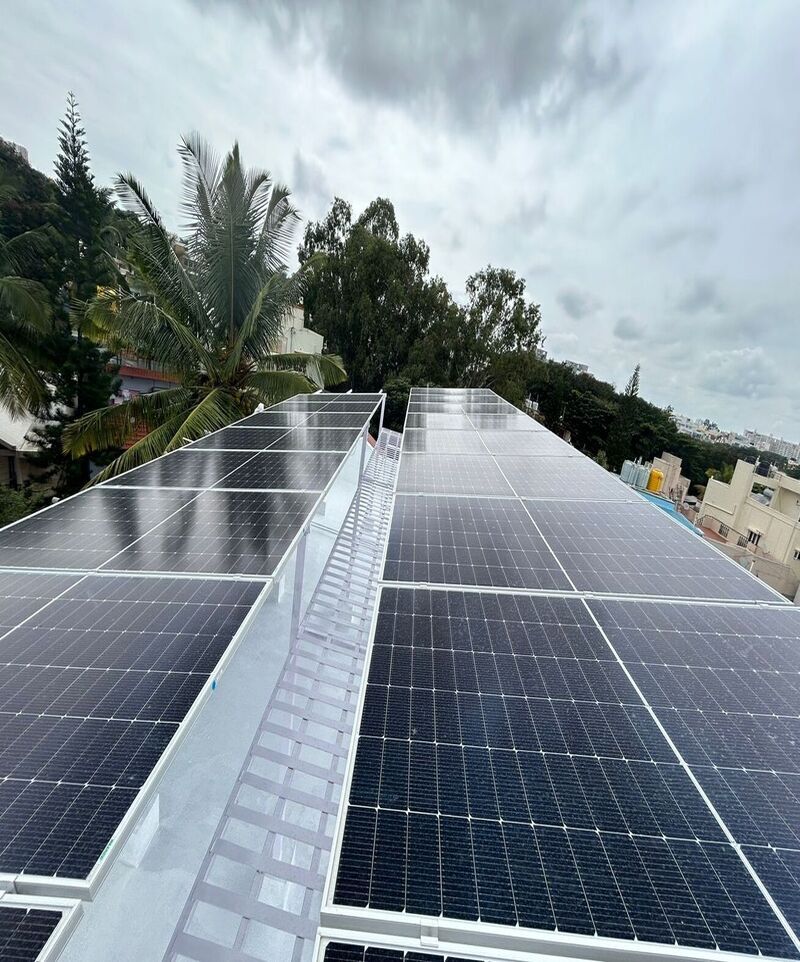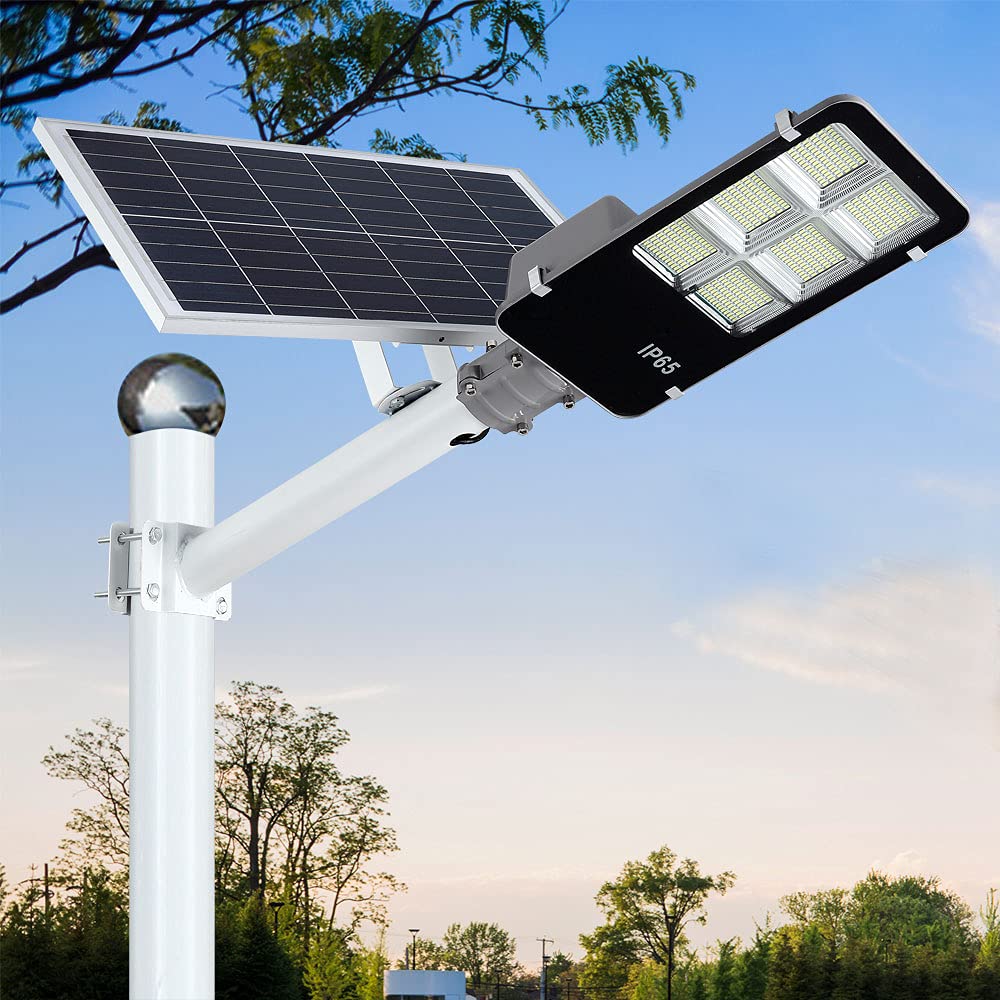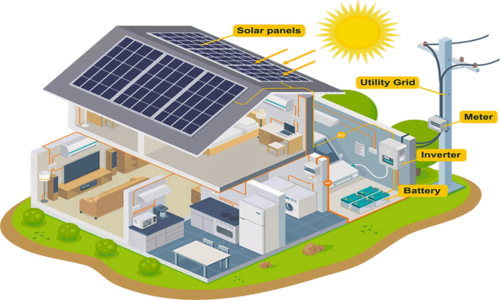2. Conversion from DC to AC Power
Solar panels produce direct current (DC) electricity, which flows in one direction. However, most of our home appliances and businesses operate on alternating current (AC) electricity, which flows back and forth.
To convert DC electricity into usable AC electricity, we use a solar inverter. The inverter is an essential component of your solar energy system. It ensures that the electricity generated by the panels can be used to power your home or business, or fed into the grid if excess energy is produced.
When sunlight hits the solar cells, it excites the electrons in the material, causing them to move and create an electrical current. This process is called the photovoltaic effect, and it’s what allows the solar panels to generate electricity.
3. Electricity Powers Your Home or Business
Once the electricity is converted to AC power, it’s ready to be used. The electricity flows from the inverter to your electrical panel (also called the breaker box). From there, it’s distributed throughout your home or business, powering lights, appliances, and other devices.
When your solar panels are generating enough electricity to meet your needs, your home or business will run directly on solar power, reducing your dependence on the grid.
4. Storing Excess Energy
On days when your solar system generates more electricity than you need (like sunny days when you're away from home), the excess energy can be stored in a battery storage system or sent back to the electrical grid.
Battery Storage: With a solar battery, you can store excess energy for use later, such as at night or on cloudy days when your solar panels aren’t generating power. This maximizes your energy independence and helps you avoid relying on grid electricity.
Grid Connection: If your system is connected to the grid (a grid-tied system), excess power can be sent back to the utility grid. In many regions, this results in net metering, where you earn credits for the energy you supply to the grid, which can offset your electricity costs.
5. Monitoring and Maintenance
Modern solar systems come with smart monitoring tools that allow you to track the performance of your system in real-time. This means you can see how much energy your panels are producing, how much energy you’re using, and whether any maintenance is required.
With regular maintenance, which may include cleaning the panels and checking the system for optimal performance, you can ensure your solar system continues to work efficiently for years to come.
Why Choose Solar? The Benefits of Solar Energy
Lower Energy Bills: By generating your own electricity, you reduce or eliminate your reliance on the utility company, leading to lower energy bills.
Energy Independence: With solar power, you reduce your dependency on the grid, especially when paired with battery storage.
Sustainability: Solar energy is clean and renewable, reducing your carbon footprint and contributing to a healthier environment.
Increased Property Value: Homes and businesses with solar energy systems often have higher property values due to their energy savings and sustainable features.
Reliable and Low Maintenance: Solar systems are incredibly durable and require minimal maintenance once installed.
Types of Solar Energy Systems
There are different ways solar energy can be implemented depending on your energy needs and property type:
1. Grid-Tied Solar System:A grid-tied system is connected to your local utility grid. It allows you to draw power from the grid when your solar system isn’t producing enough electricity, and send excess solar power back to the grid when your system is generating more power than you need.
2. Off-Grid Solar System:Off-grid systems are ideal for remote locations where connecting to the grid isn’t practical. These systems are entirely self-sufficient and use battery storage to ensure a steady power supply, even when the sun isn’t shining.
3. Hybrid Solar System: A hybrid system combines elements of both grid-tied and off-grid systems. It uses battery storage to store excess energy but remains connected to the grid for backup power when necessary. This system offers the best of both worlds—energy independence and reliability.
The Future of Solar Energy
Solar technology continues to evolve rapidly, with improvements in efficiency, storage, and integration. With ongoing innovation, solar energy is becoming more accessible and affordable than ever before.
1. Solar panels are getting more efficient, meaning you can generate more power with fewer panels.
2. Solar batteries are becoming more affordable and are able to store more energy, providing greater independence from the grid.
3. Smart solar solutions are emerging, where solar systems are integrated with home automation systems, optimizing energy consumption based on real-time data.




